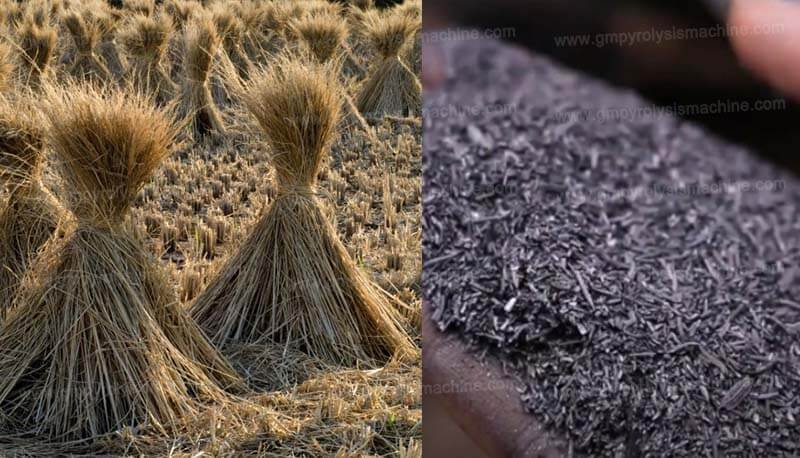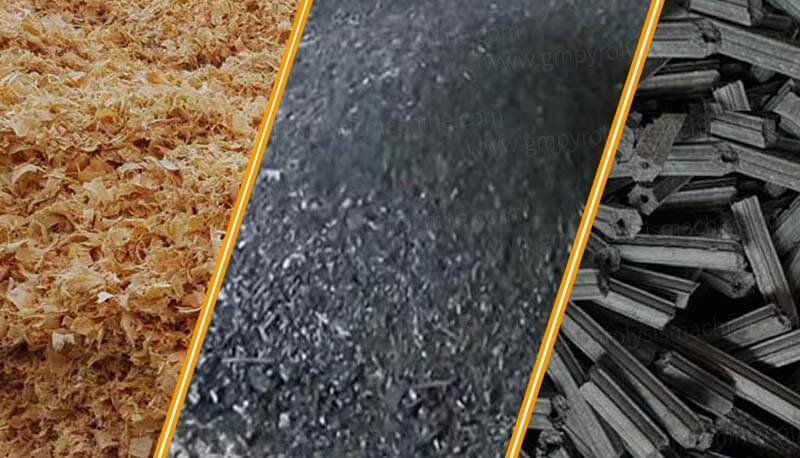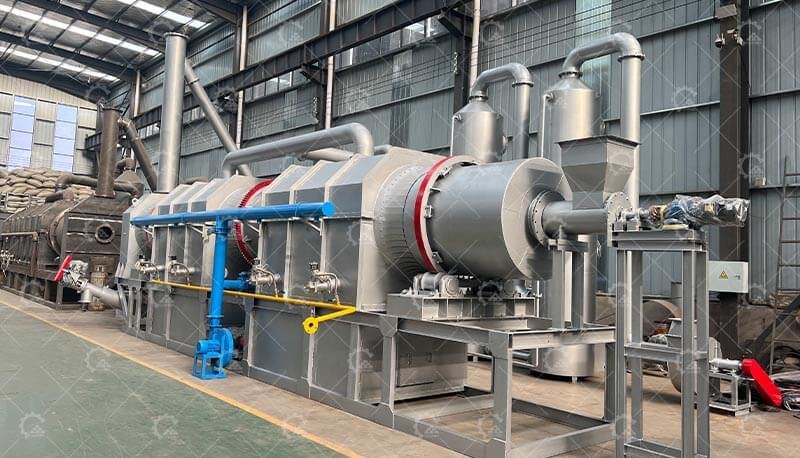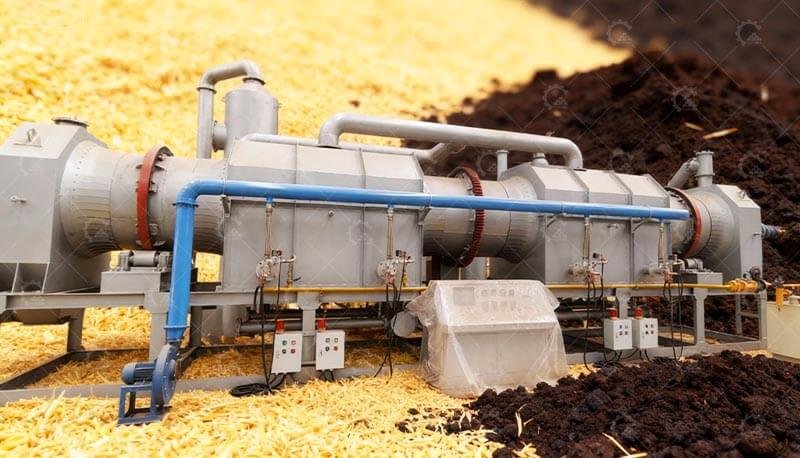What is Straw Carbonization?
Straw carbonization is a process that involves heating straw under high-temperature, oxygen-deficient conditions to decompose it into biochar, wood vinegar, and combustible gases. This carbonization technology converts agricultural straw into high-value carbon-based products while reducing harmful gas emissions caused by open-field burning of crop residues.
Straw Carbonization Process Flow
The straw carbonization process primarily consists of the following key steps:
1. Material Preparation
The collected straw undergoes initial processing to remove impurities and oversized stalks. It is then crushed into appropriately sized particles to facilitate efficient handling and subsequent processing.
2. Carbonization Reaction
The prepared straw is fed into a carbonization furnace, where it undergoes decomposition under controlled oxygen supply and temperature. The oxygen level is maintained in a restricted state to prevent complete combustion (which would produce CO₂) and excessive heat generation.
During carbonization, the straw is heated to temperatures exceeding 800°C, triggering a series of chemical reactions divided into three stages:
Dehydration: Moisture within the straw evaporates, producing water vapor.
Thermal Decomposition: Organic compounds in the straw break down into biochar, wood vinegar, and combustible gases.
Coalification: The cararbon-rich product undergoes further chemical stabilization to form high-quality biochar.
3. Heating and Cooling
Heating Phase:
Temperature control is critical during this stage. The furnace employs an indirect heating method, where high-temperature flue gas is introduced externally to heat the straw gradually. This ensures uniform carbonization and optimal reaction efficiency.
Cooling Phase:
After carbonization, the resulting biochar, wood vinegar, and gases are extracted from the furnace and cooled. Cooling prevents secondary reactions due to residual heat and facilitates safe separation and collection of the products.
The straw carbonization process—encompassing material preparation, carbonization reaction, heating, and cooling—transforms agricultural waste into reusable carbon-based resources. This technology not only mitigates environmental pollution from straw burning but also unlocks economic value through biochar production. Its significance lies in promoting sustainable agricultural waste management and advancing circular economy practices in energy resource recovery.






